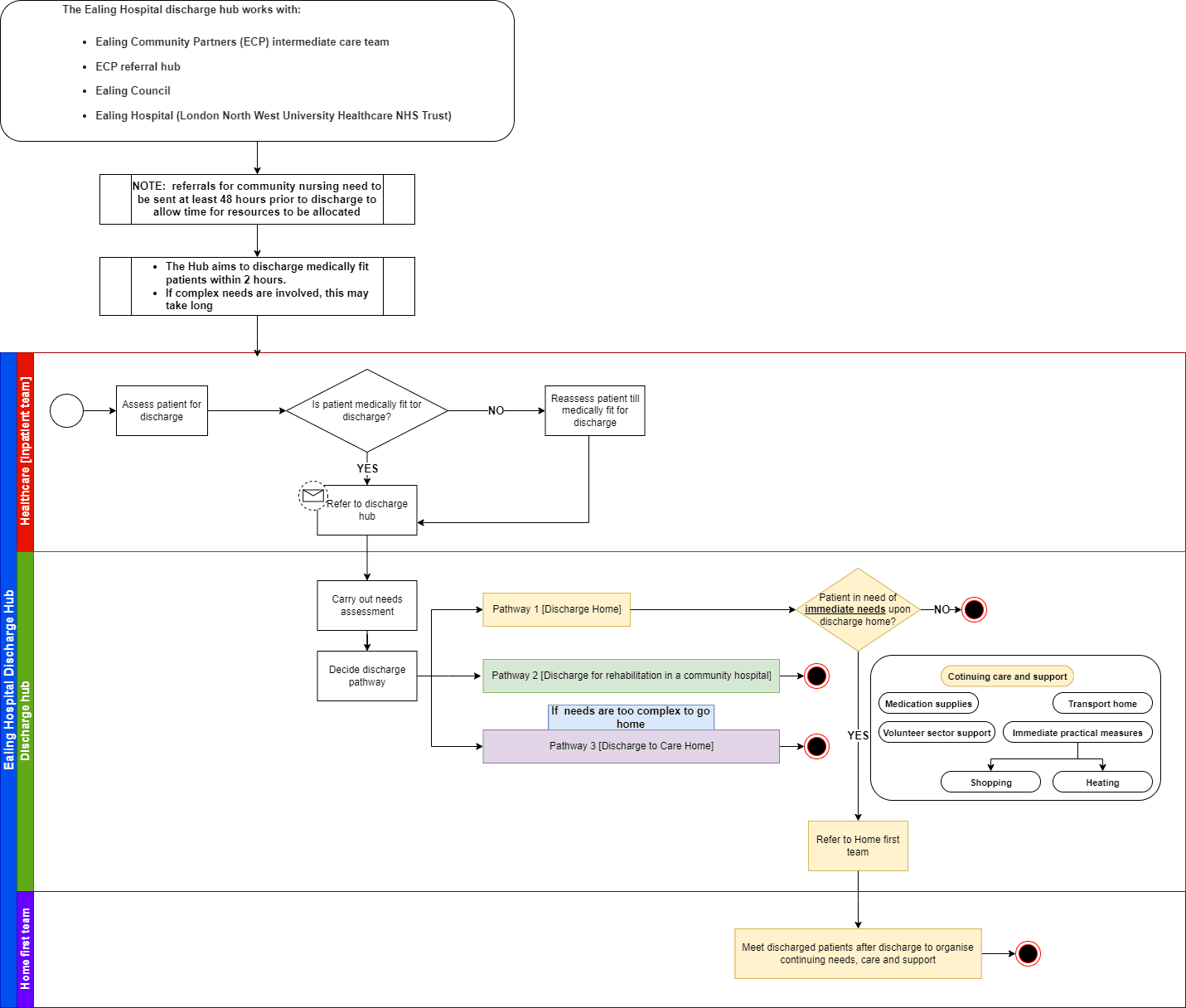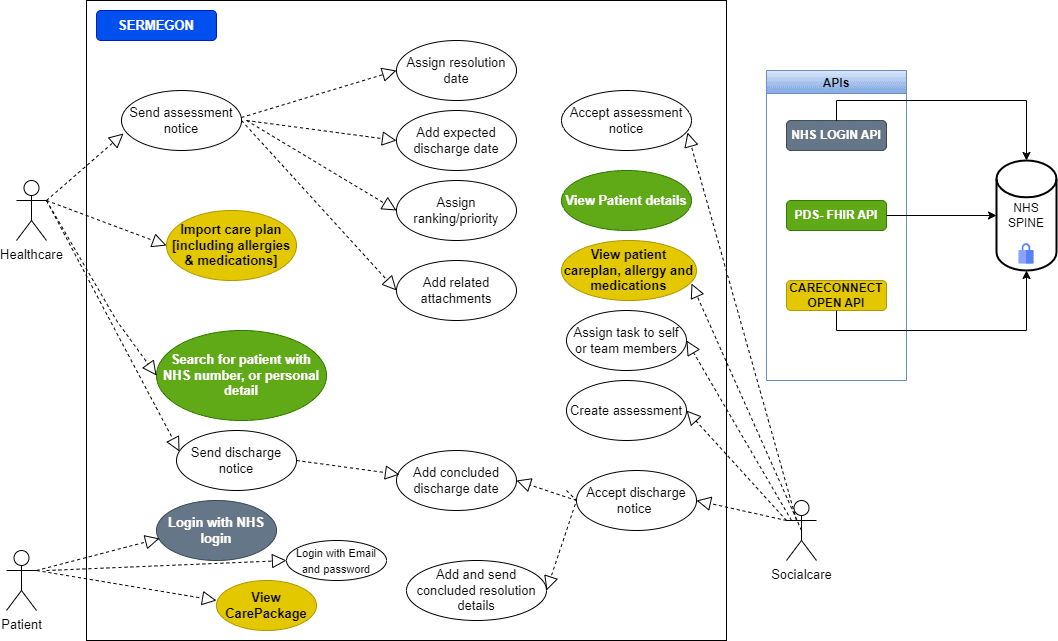
Enhancing Interoperability and Data Exchange in NHS: A Blockchain Integration Case Study
Enhancing Interoperability and Data Exchange in NHS: A Blockchain Integration Case Study
Enhancing Interoperability and Data Exchange in NHS: A Blockchain Integration Case Study
About the project: Innovative Blockchain Solution for Healthcare
About the project: Innovative Blockchain Solution for Healthcare
In the realm of health tech, I led a UX, Research and Service design team in designing a user friendly blockchain-based web and mobile application aimed at bridging gaps in interoperability within the healthcare ecosystem.
Through extensive user research and co-design workshops with healthcare professionals, we identified opportunities to streamline data exchange and improve patient-provider communication.
My User-centred and Agile UX approach aided the product in earning a certified DTAC (Digital Technology Assessment Criteria) badge which positioned the healthcare software as a leader in significantly enhancing interoperability, access to healthcare services for patients and improving operational efficiency for healthcare providers globally.
In the realm of health tech, I led a UX, Research and Service design team in designing a user friendly blockchain-based web and mobile application aimed at bridging gaps in interoperability within the healthcare ecosystem.
Through extensive user research and co-design workshops with healthcare professionals, we identified opportunities to streamline data exchange and improve patient-provider communication.
My User-centred and Agile UX approach aided the product in earning a certified DTAC (Digital Technology Assessment Criteria) badge which positioned the healthcare software as a leader in significantly enhancing interoperability, access to healthcare services for patients and improving operational efficiency for healthcare providers globally.
In the realm of health tech, I led a UX, Research and Service design team in designing a user friendly blockchain-based web and mobile application aimed at bridging gaps in interoperability within the healthcare ecosystem.
Through extensive user research and co-design workshops with healthcare professionals, we identified opportunities to streamline data exchange and improve patient-provider communication.
My User-centred and Agile UX approach aided the product in earning a certified DTAC (Digital Technology Assessment Criteria) badge which positioned the healthcare software as a leader in significantly enhancing interoperability, access to healthcare services for patients and improving operational efficiency for healthcare providers globally.
Introduction: Transforming Healthcare Interoperability
Introduction: Transforming Healthcare Interoperability
In response to the growing need for streamlined data exchange and interoperability within the National Health Service (NHS), our team embarked on a journey to develop a blockchain-powered solution. This case study explores the integration of external vendors and software into our blockchain product, leveraging the NHS's existing Fast Healthcare Interoperability Resources (FHIR) APIs.
In response to the growing need for streamlined data exchange and interoperability within the National Health Service (NHS), our team embarked on a journey to develop a blockchain-powered solution. This case study explores the integration of external vendors and software into our blockchain product, leveraging the NHS's existing Fast Healthcare Interoperability Resources (FHIR) APIs.
Navigating Health Tech Barriers
Navigating Health Tech Barriers
The NHS faced challenges in efficiently exchanging healthcare data across its myriad systems and applications while maintaining data integrity and security. Traditional approaches were proving inadequate, necessitating a novel solution that could enhance interoperability while ensuring privacy and compliance.
The NHS faced challenges in efficiently exchanging healthcare data across its myriad systems and applications while maintaining data integrity and security. Traditional approaches were proving inadequate, necessitating a novel solution that could enhance interoperability while ensuring privacy and compliance.

Sample BPMN mapping of a discharge hub
Sample BPMN mapping of a discharge hub
2022
2022

Early stage use case map
Early stage use case map
2022
2022
